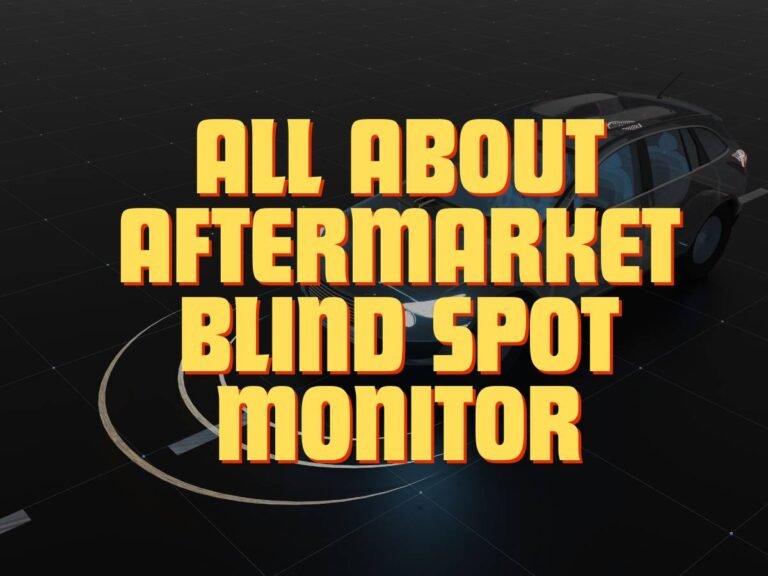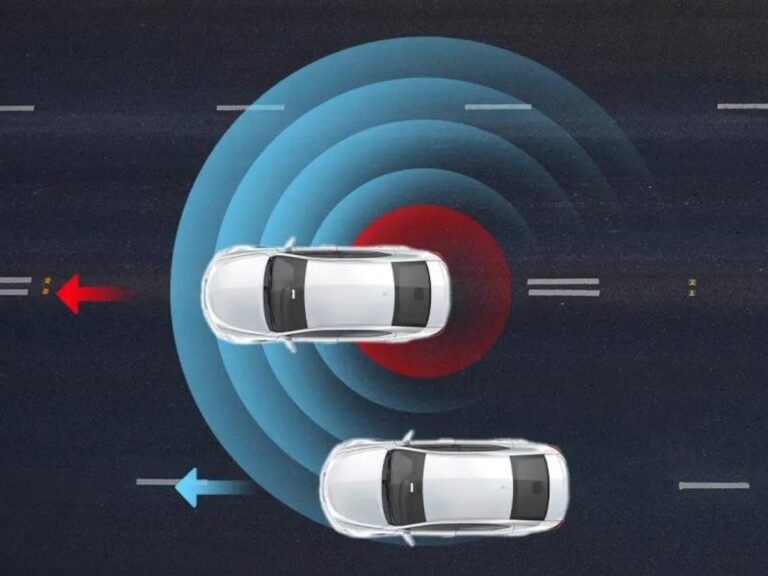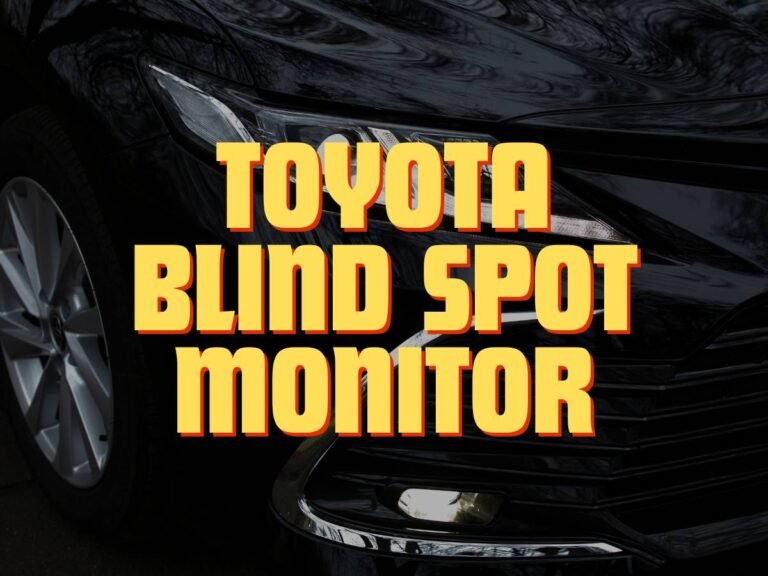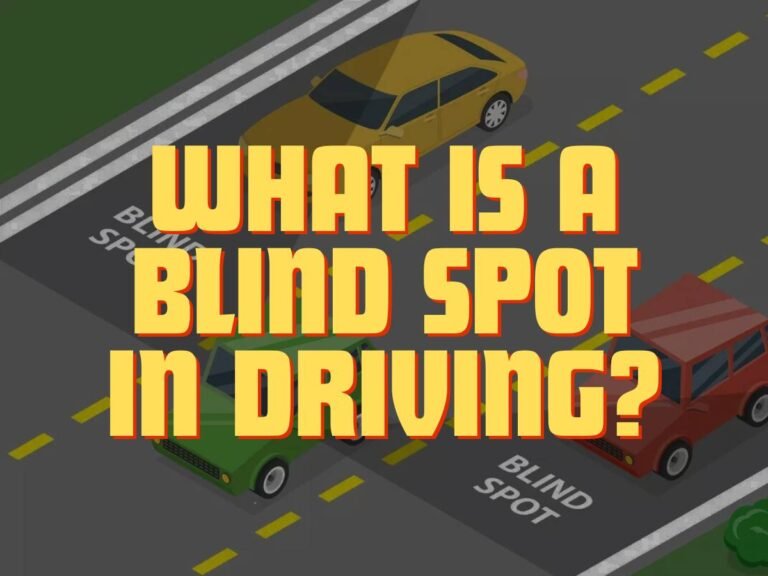Blind Spot Assist Inoperative – Causes And Fixes

Blind spot inoperative is a common error occurring in many modern vehicles, including cars, trucks, buses, and emergency transport services. This issue may happen due to sensor malfunction, incorrect alignment, outdated software, and electrical problems. Another potential reason could be poor electricity supply.
While blind spot assist inoperative is a pretty common problem, it also has various solutions. Many experienced drivers and technical individuals will know about these fixes. However, newer drivers might need to learn. That said, this guide will cover all the possible causes and solutions to this error. This way, you can end it once and for all!
Common Causes for Blind Spot Assist Inoperative
There’s no short answer to why your system might show the blind spot assist inoperative error. Instead, various reasons could be behind this issue. Let’s explore them for a better understanding:
1. Sensor Malfunction
One of the primary components of Blind Spot Assist systems is the sensors. They are strategically placed around the vehicle to detect nearby objects. These sensors utilize various technologies such as radar or ultrasonic waves to monitor the vehicle’s surroundings.
However, sensor malfunctions can occur due to factors like dirt buildup, sensor misalignment, or damage from debris or accidents. When sensors malfunction, they may fail to detect objects accurately. Alternatively, they may also provide false alerts, compromising the effectiveness of the entire system.
2. Electricity Issues
Blind Spot Assist systems rely heavily on electrical components to function correctly. Issues such as faulty wiring, blown fuses, or malfunctioning control modules can disrupt the electrical circuitry of the system. And that is a pretty common reason for the blind spot assist inoperative problem.
Electrical issues can arise from wear and tear, poor installation, or exposure to moisture or extreme temperatures. Proper diagnosis of electrical problems may require specialized equipment and expertise to identify and resolve effectively.
3. Software Problems
The software that governs blind spot assist systems plays a crucial role in their operation. Software glitches or bugs can occur due to programming errors, compatibility issues with vehicle systems, or incomplete software updates.
These glitches can manifest as intermittent malfunctions, unexpected behavior, or complete system failures. Addressing software-related issues often involves updating the system software to the latest version.
4. Physical Damage
Physical damage to the vehicle or its components can also result in blind spot assist problems. Damage to the sensors, wiring harnesses, control modules, or other essential parts can impair the system’s ability to detect objects accurately.
Any physical damage due to a collision can also interrupt the system’s communications with the vehicle’s onboard computer. Physical damage may occur due to accidents, collisions, and vandalism. Environmental factors such as hail or debris on the road can also cause this issue.

How to Fix Blind Spot Assist Inoperative?
Now, we know the reasons behind the blind spot assist inoperative problem. Let’s explore the solutions to this issue!
Troubleshooting the Problem
First, you must diagnose the problem to see where it persists. Here’s what you need to do!
1. Initial Checks
Begin by performing basic checks to ensure the blind spot assist system is activated and functioning correctly. Verify that the system is turned on, and check for any warning lights or error messages on the dashboard. Lastly, confirm that there are no obstructions blocking the sensors.
2. Sensor Calibration
If the initial checks reveal no obvious issues, proceed with sensor calibration. Sensor calibration ensures that the sensors are accurately detecting objects in the vehicle’s blind spots. Follow the manufacturer’s instructions for calibrating the sensors. That may involve driving the vehicle at a certain speed or accessing the system’s calibration menu.
3. Electrical System Diagnosis
Next, conduct a thorough examination of the electrical system components of the blind spot monitor. Check for loose connections, damaged wiring, blown fuses, or faulty control modules. Use a multimeter or diagnostic tool to test the electrical circuits and ensure proper voltage levels.
4. Software Diagnosis
If the electrical system appears to be functioning correctly, investigate potential software issues in the blind spot assist. Check for software updates or patches released by the manufacturer to address known bugs or compatibility issues.
Use diagnostic software or consult with a dealership technician to analyze the system’s software logs for error codes or anomalies.
5. Physical Inspection
Finally, perform a visual inspection of the vehicle and its components for any signs of physical damage. Pay particular attention to the sensors, wiring harnesses, and control modules. Look for cracks, breaks, corrosion, or other visible damage that may require repair or replacement.
Fixes for the Blind Spot Assist Inoperative Error
Now that you have diagnosed the error, let’s solve it. Here are the common solutions for each problem!
- Sensor Malfunction: Clean sensors to remove dirt or debris, realign misaligned sensors, or replace damaged sensors if necessary.
- Electrical Issues: Repair or replace damaged wiring, connectors, or control modules. Ensure proper grounding and electrical continuity throughout the system.
- Software Glitches: Update the system software to the latest version, and perform a factory reset to clear any corrupted data. Also, seek assistance from a dealership technician to troubleshoot software-related issues.
- Physical Damage: Replace damaged components such as sensors, wiring harnesses, or control modules. Conduct thorough repairs to restore the integrity of the blind spot assistant.
Conclusion
To conclude, addressing the cause behind the blind spot inoperative problem is crucial. Regular maintenance, including sensor calibration, electrical system checks, and software updates, can help prevent potential problems. Additionally, prompt attention to any warning signs or error messages can minimize the risk of accidents.
It will ensure that blind spot assist remains a reliable safety feature. Plus, you can have peace of mind, knowing your safety is uncompromised on the road!






